Chris Sparrow, great-grandson of William Sparrow, made contact in 2015 to find out what was known of William Sparrow of Irene (70) Station Road. We had little to go on, other than that the outbuildings behind Irene were his builder’s yard, that he was advertising his services in the Herts Advertiser in 1890 (along with Henry Salisbury), and that the death of his daughter, Florence Mary aged 12 was registered on 7 April 1895.
Further research has traced William’s birth in Kettering in 1845, but by the 1851 census his father Samuel Sparrow, a [stone] mason, had moved with his family to Wrawby in North Lincolnshire, and then in 1861 the family were in Attercliffe, Sheffield where both father and son were listed as bricklayers. In the 1871 census William was still in Attercliffe as a builder and contractor. He had married Elizabeth Norton of Wellingborough in 1866, but she was absent for the census and their three year old son was being cared for by a house-keeper. In 1881 the family, now with two sons, had moved south to Rushden near Wellingborough, and by the 1891 they were settled in Irene, Station Road, Harpenden, with a growing family.
We can therefore deduce that William Sparrow moved to Harpenden by the mid 1880s, when the building boom following the sale of Packe & Pym lands in central Harpenden in 1882 was getting underway – and this is confirmed in a display advertisement in the Herts Advertiser of 25 September 1886.
The patent
Meanwhile, Chris Sparrow mentioned that William had been granted a patent for gas-lit shop-front illumination in 1888, and that his most important installations were for shops in Liverpool Street Station – of which it seems that no images survive.
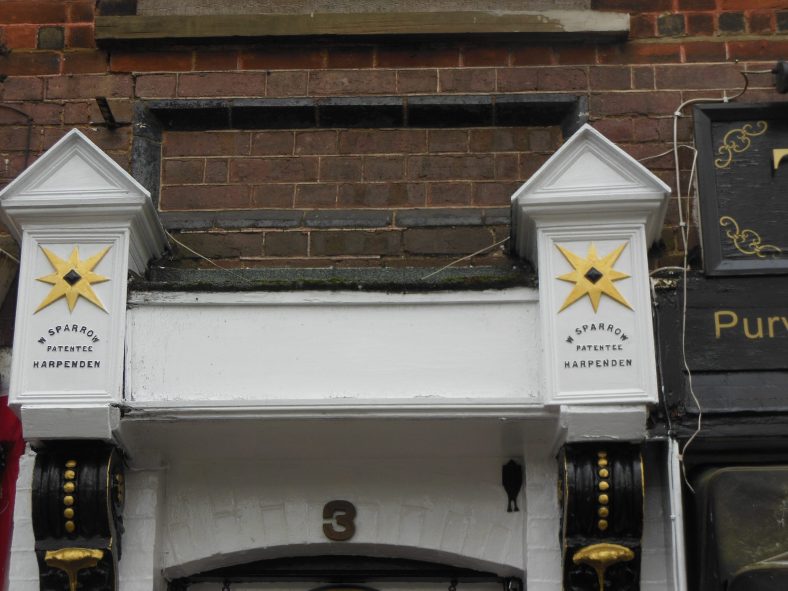
Newly painted corbels, with William’s trademark. Credit: R. Ross March 2017
However, repainting of Thorns shopfront at 3 High Street in the spring of 2017 has revealed “W Sparrow, Patentee, Harpenden”, and although the fascia has been altered, the apertures for light-fittings survive. There are similar corbels, first floor windows and brick detail on the eaves at 3 and 7 Station Road, but we can only speculate whether William Sparrow was responsible for building these shop premises. Illustrations showing details of the patent and of other possible shops which might have been built by William Sparrow are at the end of this page.
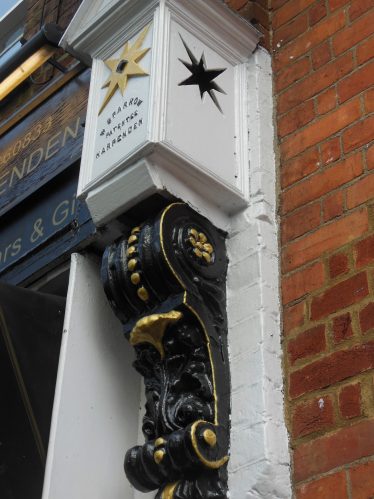
Corbel showing aperture for light fitting. Credit: R. Ross March 2017
An active businessman and would-be politician
In 1895 William Sparrow had sold land ‘near Station Road’ to Harpenden School Board for £750 for the building of the Victoria Road Schools, designed by Arthur Anscombe. A search of the newspaper archives has revealed that William Sparrow was the contractor for the new Harpenden police station in Vaughan Road from 1897 to its opening on 30 September 1898 – for which he received £1850 ‘on account’. In 1895 he had sold land ‘near Station Road’ to Harpenden School Board for £750 for the building of the Victoria Road Schools, designed by Arthur Anscombe. In March of that year he had stood as a candidate for the newly constituted Harpenden Urban District Council, proposed by William Hitchcock and Henry Steers – the main ‘developer’ of the St Nicholas Estate. At the ‘hustings’ for the HUDC elections for the ‘parishioners’ of the old Parish Council, William Sparrow “gave an amusing description of the types of men whom he thought were wanted on the new Council”. He was evidently a known character in the town, despite being a relative newcomer (Herts Advertiser, 2 April 1898).
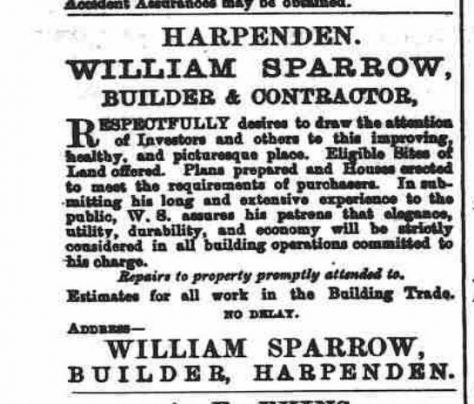
Advertisement in the Herts Advertiser, 25 September 1886. Credit: National Newspaper Archives
However, just as he would appear to have been at the height of his business achievements, William Sparrow had, by the time of the census of 1901, moved from Irene to Sparrowswick, on Bernard’s Heath – then in the parish of Sandridge. He was still listed as a builder and employer, with his eldest son Henry working as a carpenter. Yet within a year William Sparrow died at Gombards in St Albans and was buried in Harpenden on 27 June 1902. A small notice was placed in the Herts Advertiser on 12 July 1902 by his solicitor, requiring anyone who had claims against him to make contact within the week. On 12 August his son Henry announced the Sale by Auction of the whole of his father’s building plant and materials.
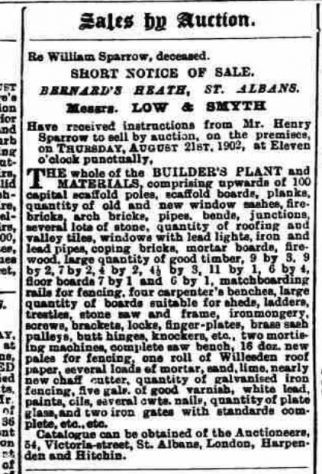
Notice on auction on 21 August 1902, Herts Advertiser, 12 August 1902. Credit: National Newspaper Archives
Scans of the Patent

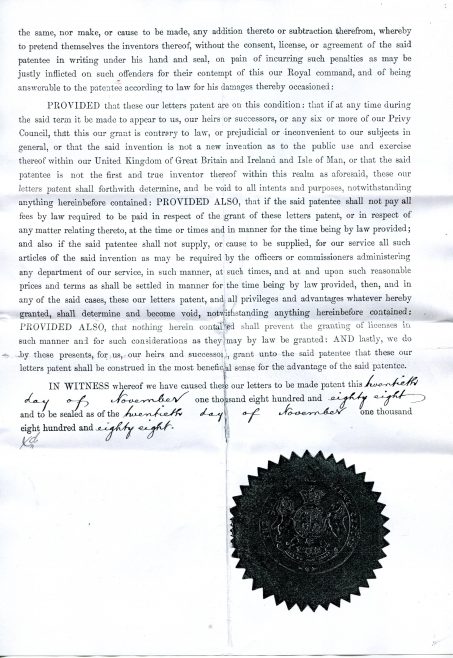
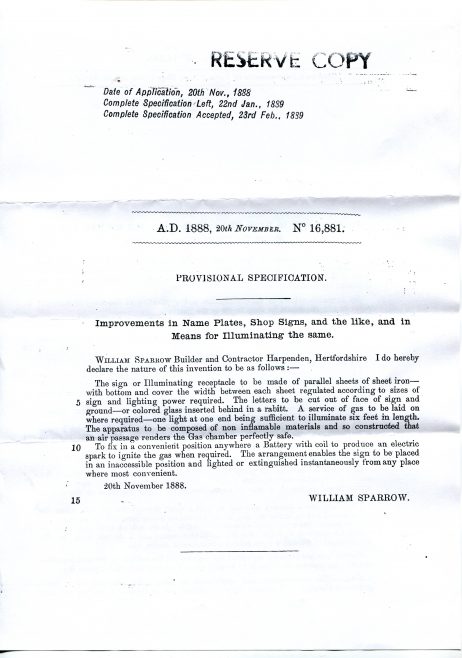


Shops which may also have been built by William Sparrow
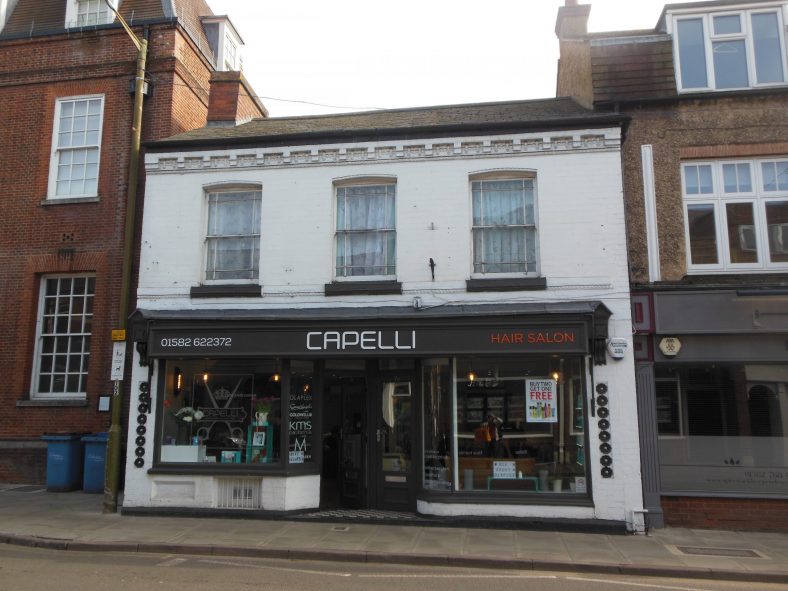
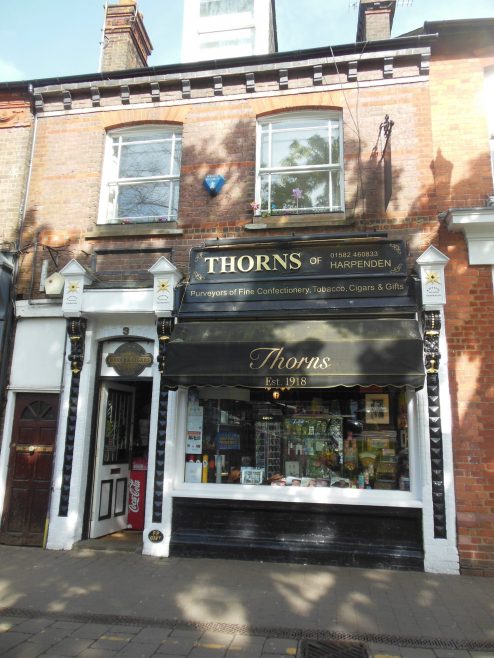

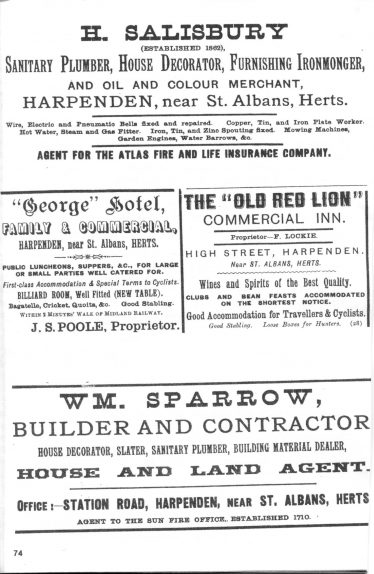
Comments about this page
If you look carefully at the Capelli shop front, and observe the two windows either side of the doors, you may notice the left window is flat, but the right window is curved. This difference came about after an unfortunate night for one unlucky man somewhat under the influence of too much alcohol.
It happened very late one night about 20 years ago. As I walked down Station Road from a late night train, I could see a man staggering on the other side. He was slightly ahead of me and decided to cross to my side. He went out of my vision briefly but then I heard an almighty smash. I rushed ahead only to see the man covered in blood having crashed his head into the curved window. Blood and glass everywhere. He was so drunk he didn’t even know he had done it. Needless to say, I called for an ambulance and police. The window was eventually replaced but not like the beautifully curved one.
Add a comment about this page